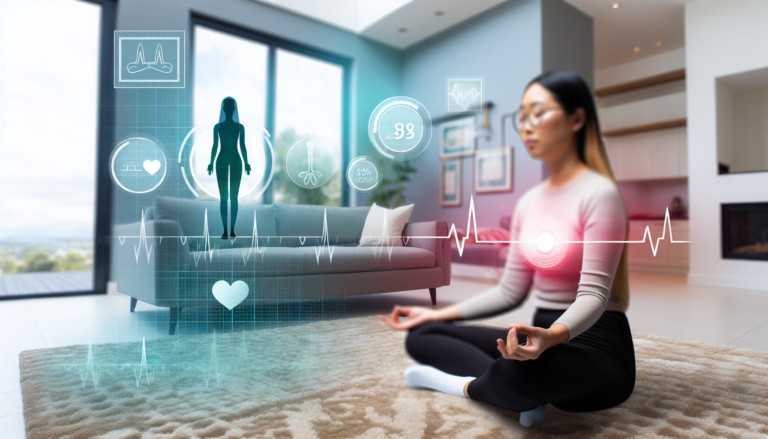Unlocking the Power of Telemedicine for Home Health Care
The landscape of health care is continually evolving, and one notable change in recent years has been the rapid growth of telemedicine. Improvements in technology and medical software have made it easier than ever before for home health care providers to support patients remotely. From virtually monitoring symptoms to conducting video consultations, telemedicine is revolutionizing how we deliver and receive home health care.
However, despite the increasing adoption of telemedicine in health care settings, many people are still unaware of its potential benefits. This article aims to shed light on how telemedicine can enhance home health care services and provide a better quality of life for patients.
What is Telemedicine?
Telemedicine involves the use of digital technology to provide health care services remotely. It enables health care providers to monitor a patient’s medical condition, consult with them, or even offer advice from a distance. Technologies used include video conferencing, smartphones, wireless devices, and other forms of electronic communication.
Benefits of Telemedicine in Home Health Care
Accessibility: For patients who live in remote areas or find it challenging to leave their homes due to health issues, telemedicine can be a lifeline. By using telemedicine, you can consult with specialist doctors or therapists remotely, who otherwise would be geographically inaccessible.
Convenience: Telemedicine saves patients the time, expense, and stress of traveling to and from a medical facility. It also allows for a more flexible scheduling of appointments.
Prevention: Regular remote monitoring and consultation can catch potential health issues early on, avoiding drastic treatments or hospitalization. It promotes preventive health care, which is more effective and less costly than reactive care.
Leveraging Telemedicine for Chronic Disease Management
Chronic disease management—and in particular, household administration—can immensely benefit from telemedicine. Patients with chronic conditions like diabetes, heart disease, or COPD often need constant monitoring, which can be stressful and costly. With telemedicine, data from wearable health devices can be sent directly to health professionals, allowing for immediate response if any troubling signs occur.
Conclusion
While telemedicine is not a replacement for in-person health care, it is a significant addition to the broader health care ecosystem. By enhancing accessibility, improving monitoring, and empowering patients, telemedicine is set to play a vital role in the growth of home health care. One thing to remember, however, is the importance of having a reliable internet connection and digital literacy to use these services effectively.
Embracing a more digitized approach to health care does not only increase efficiency but also ensures that all individuals, regardless of their situation, receive the care they need. With telemedicine, we’re one step closer to making personalized, high-quality home health care a reality for everyone.



